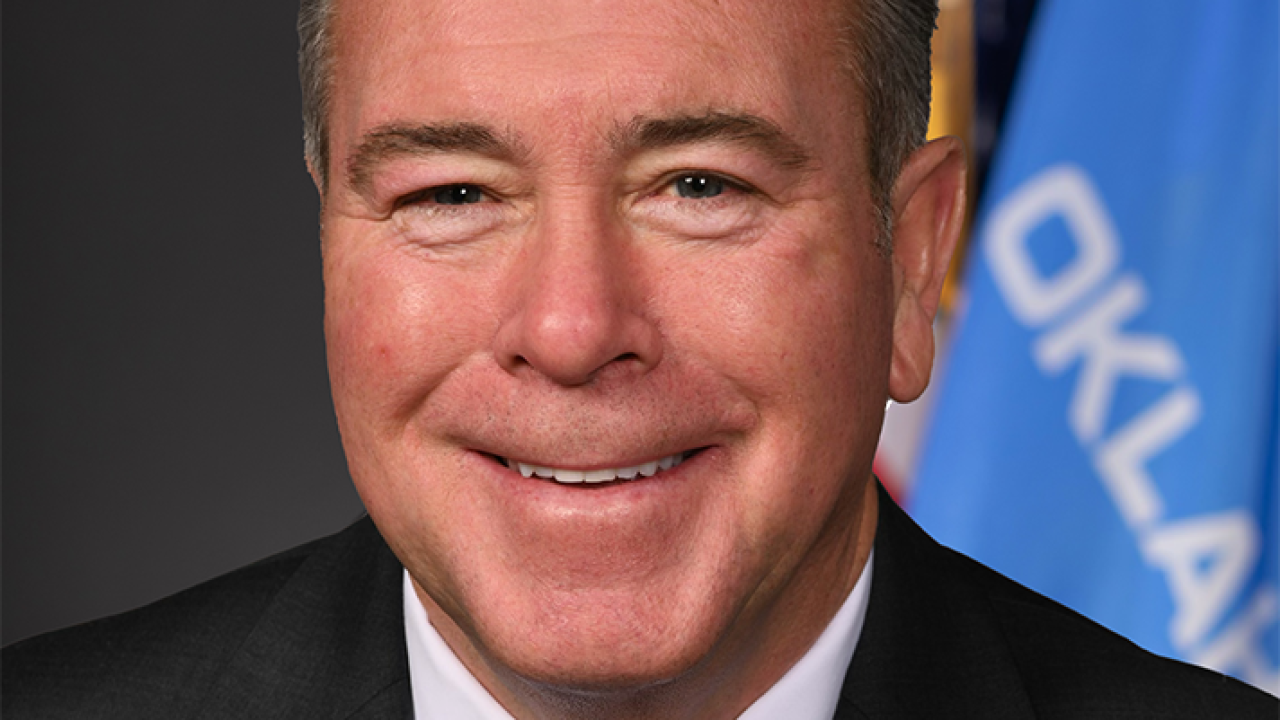PHILADELPHIA — Most public pension funds assume rates of return inconsistent with their portfolio allocations and many invest heavily in low-yield assets such as fixed income and real estate, according to a new study that Boston think tank Pioneer Institute published Wednesday.
The
Unrealistic return assumptions and inefficient portfolio management are a major cause of higher pension costs and underfunding, second only to governments' not making their required contributions, said the author of the report, Iliya Atanasov, senior fellow on finance at free-market-focused Pioneer.
To be responsible about their retirement systems, states and localities should not use discount rates inconsistent with pension funds' portfolio allocations, according to Atanasov. For a typical plan, he said, that implies a reduction of assumed rates of return from 7.5% to 6.5% and increasing annual contributions accordingly to chart a path to full funding.
"It's an opportune time for this report because you have a changing of the guard in many of these states," Atanasov said in an interview, referring to recent general elections. "With incoming lawmakers and executives, we can raise awareness as to how significantly grave this long-term danger is."
When more realistic rates of return are applied, the unfunded liability of Massachusetts's state and teachers' pension plans increases from about $26 billion to more than $46 billion, a $20 billion jump that is equal to about two thirds of official state debt. Under the Pioneer Institute's assumptions, the teachers' retirement fund is in particularly dire condition, with a funded ratio of only 43%.
In Illinois, market asset returns imply a total unfunded liability for Chicago and Cook County of $45 billion, $8.8 billion more than official figures. Four Chicago pension plans are funded at 33% on a weighted-average basis, according to Pioneer, while three county retirement systems are funded at 46%. Given the city's revenue base, it seems implausible that the plans can remain solvent without cuts in current benefits.
The same applies to Illinois' employees', teachers' and universities' retirement systems, which are underfunded by $131 billion in total, according to Pioneer assumptions.
"I talked to Illinois people earlier this year. The situation there is dire, as you can see by the numbers," Atanasov said.
New Jersey is a close second among the six states in overall unfunded benefits, with a $93.3 billion shortfall across five open retirement systems according to Pioneer's assumptions, $44 billion more than reported by the state. Pennsylvania's two main state systems - employees' and school districts' - follow narrowly, with Pioneer calculating total unfunded liabilities of $84.7 billion, $37 billion more than official figures.
Five state-managed retirement systems in Connecticut have a consistently high discrepancy between market and assumed asset returns - 6.57% versus 8.25%, respectively. At market rates of return, the five plans held enough assets to fund about 37% of liabilities, Pioneer calculated, coming short by nearly $40 billion and surprisingly close to Illinois state systems' aggregate funded ratio of 34%.
New York's plans were the best funded among the six states - at 83% on average - and had a relatively low discrepancy between assumed and historical returns of about 100 basis points under Pioneer's assumptions. Even so, the state had a total unfunded liability of $52.5 billion as of fiscal 2013, $19.2 billion more than official figures.
Four pension plans in the New York City Pension Funds assuming 7% annual returns were the only major systems without a substantial deviation from historical asset-market performance, said Atanasov. The plans were funded at 58% in the aggregate, with a total unfunded liability of about $60 billion.
"Shifting more of pension funds' assets from fixed income into equities can increase MRRs to about 7%," Atanasov said. "Another option is to focus on reducing the fees paid to consultants and investment managers by ensuring more competitive and transparent contracting and divesting systematically underperforming assets such as so-called hedge funds. But in many states benefit cuts even for current retirees probably cannot be avoided."





